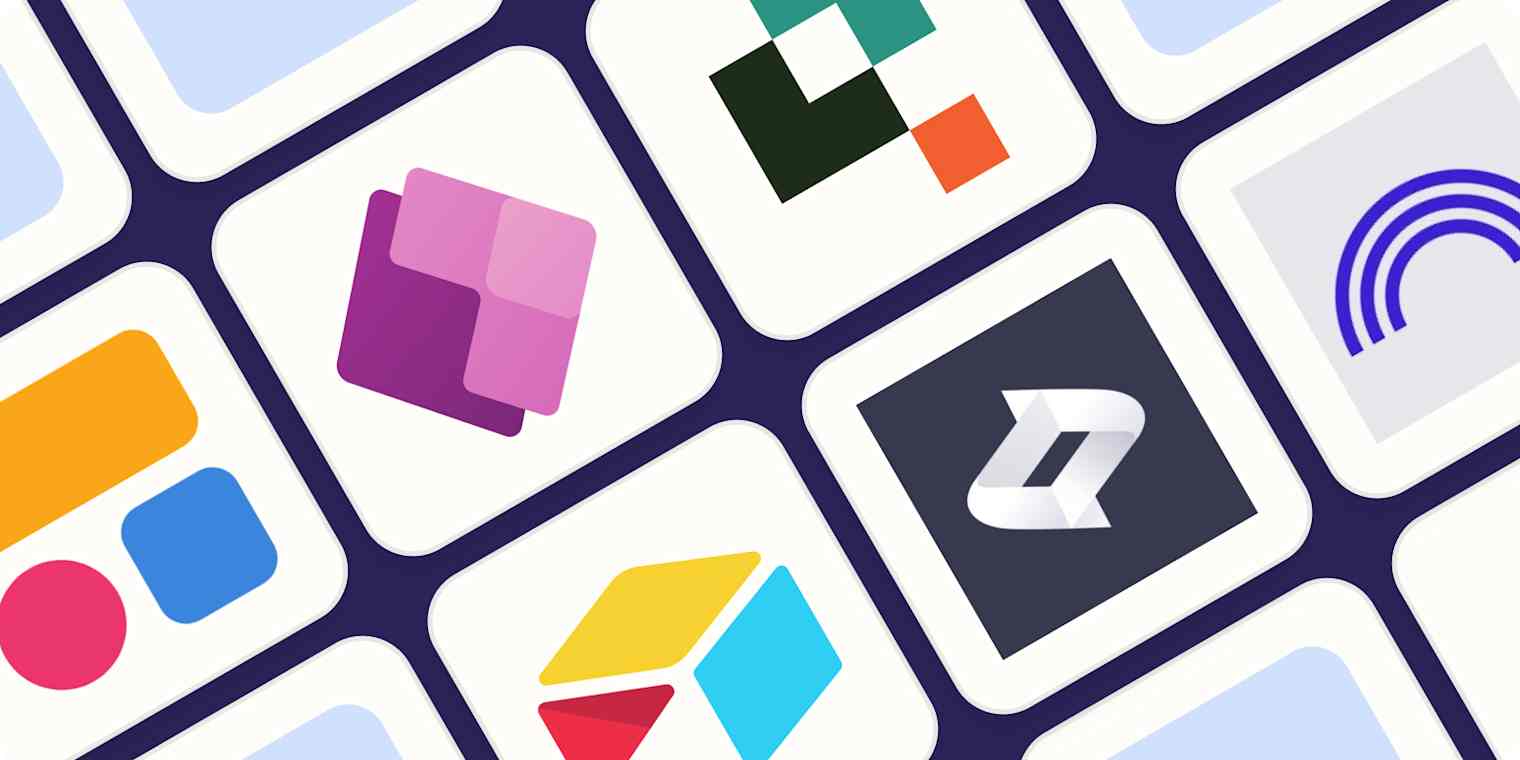Best apps
12 min readThe 6 best AI app builders in 2025
By Miguel Rebelo · February 3, 2025

Get productivity tips delivered straight to your inbox
We’ll email you 1-3 times per week—and never share your information.
Related articles
Improve your productivity automatically. Use Zapier to get your apps working together.








